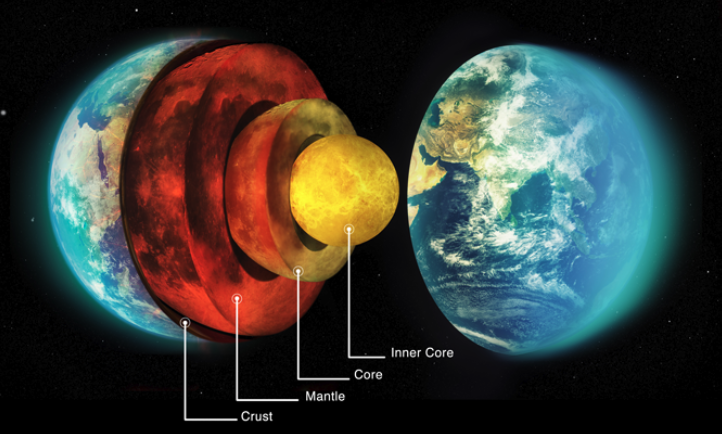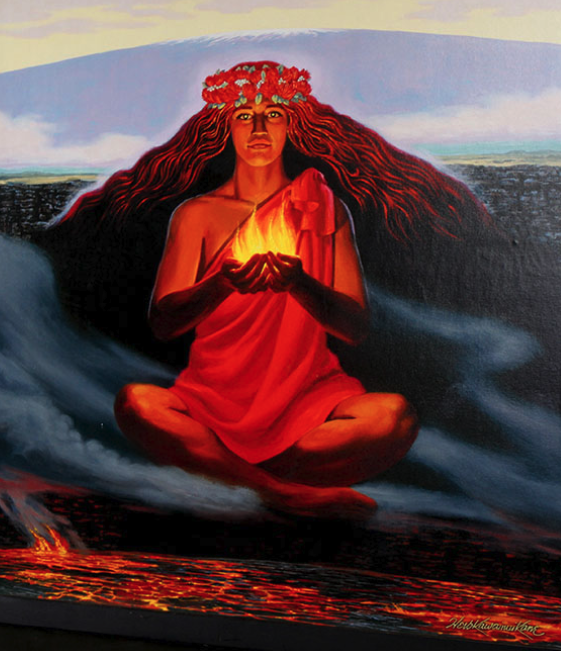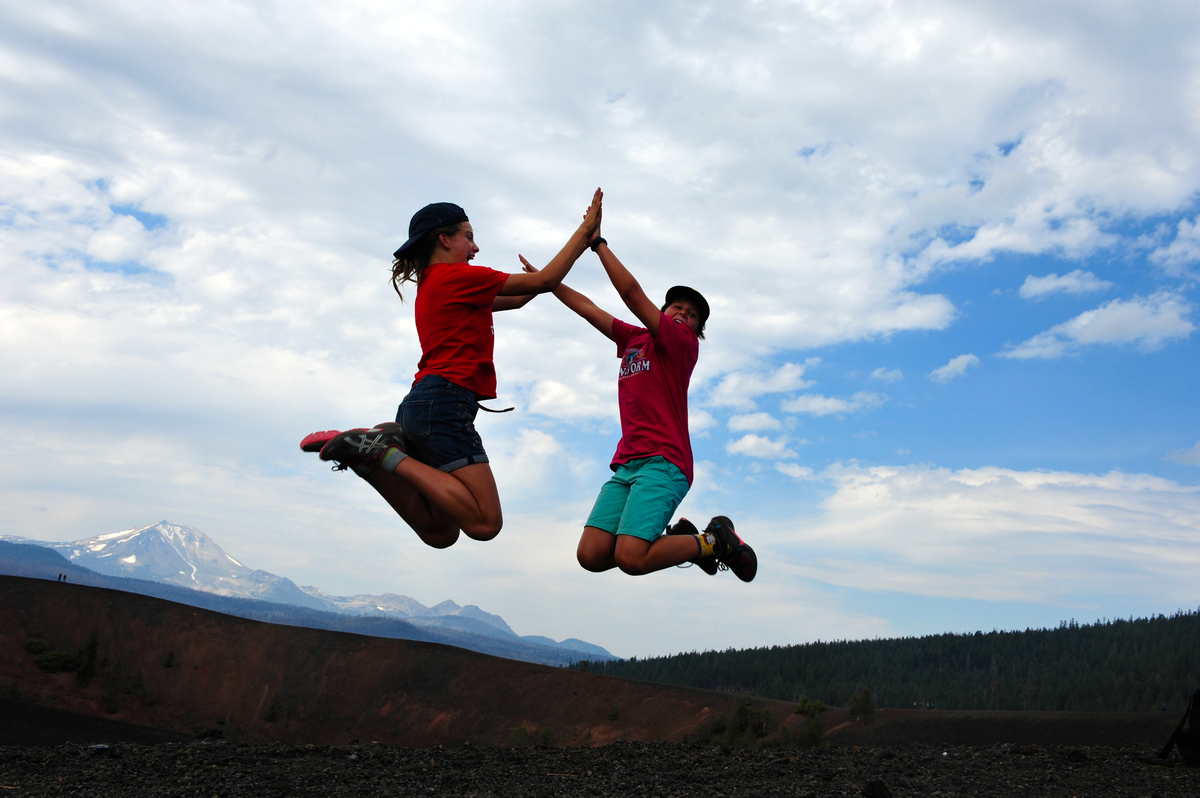Formation of Planet Earth
Our Milky Way galaxy came together nearly 14 billion years ago when enormous clouds of gas and dust coalesced under the force of gravity. Over time, two structures emerged: first, a vast spherical “halo,” and later, a dense, bright disk. Billions of years after that, our own solar system spun into being inside this disk, so that when we look out at night, we see the Milky Way.








